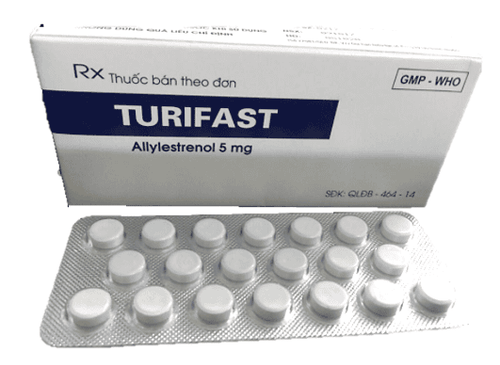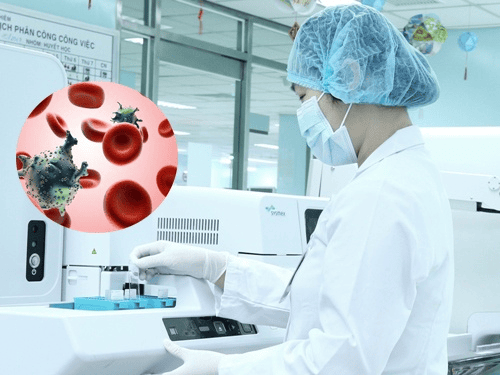This is an automatically translated article.
Article written by BSCKII Bui Thi Ha, Department of Pediatrics - Neonatology, Vinmec Ha Long International Hospital
Premature babies often have many diseases such as jaundice, pneumonia, respiratory failure, neonatal infections, mental and motor retardation, retinopathy... due to weak immune system and muscles agency is not yet fully developed.
1. When is a baby called premature?
Babies are called premature when born less than 37 weeks gestation is one of the leading causes of death and sequelae in newborns. Babies born under 28 weeks are called extremely preterm babies, babies born between 28 and 34 weeks are premature babies, babies born between 34 and 37 weeks are late preterm babies. A “viable” newborn is started at 22 weeks of gestation and weighs > 500 grams. The younger the baby is born, the higher the risk of affecting health, physical health and leaving sequelae. Children are prone to diseases such as:
Respiratory failure due to immature lungs, susceptible to pneumonia, bronchitis; Brain hemorrhage ; Hypothermia; Neonatal infections ; Jaundice; Pulmonary dysplasia; Retinopathy of prematurity ; Sequelae of mental retardation, motor.
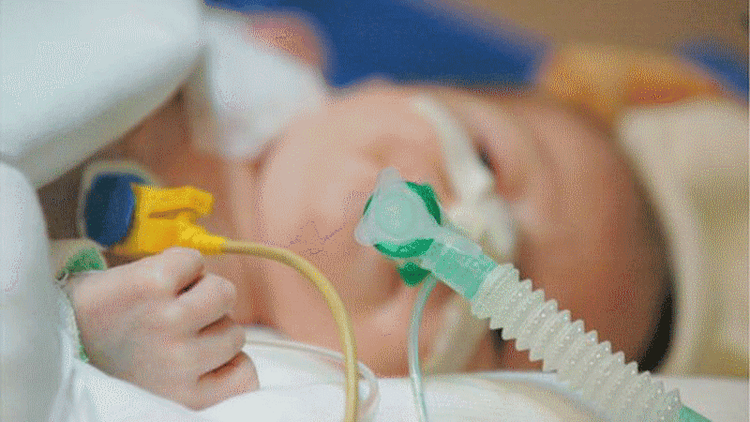
2. Common diseases in premature babies
2.1 Respiratory failure
Premature babies often have respiratory failure because their respiratory system is not fully developed, so they are prone to respiratory failure due to lack of surfactant, their respiratory muscles are weak, and they are prone to prolonged pauses in breathing. >20 seconds in the first days after birth, dyspnea, cyanosis after birth is common in premature babies under 34 weeks. Children often have pneumonia, bronchitis...
2.2 Neonatal cerebral hemorrhage
Premature babies often have neonatal cerebral hemorrhage , due to fragile vessel walls, which can rupture any blood vessels in the meninges and brain. The incidence in newborns is high, especially in premature babies, and the mortality rate is high. If emergency treatment is available, children often leave high sequelae such as cerebral palsy, mental retardation, skull stenosis, epilepsy.
Manifestations: The child is excited, refuses to breastfeed, cries, or whines, has fever or hypothermia, or convulsions, lethargy, coma. The child can be seen cyanosis, bulging fontanelle, dilated skull joint
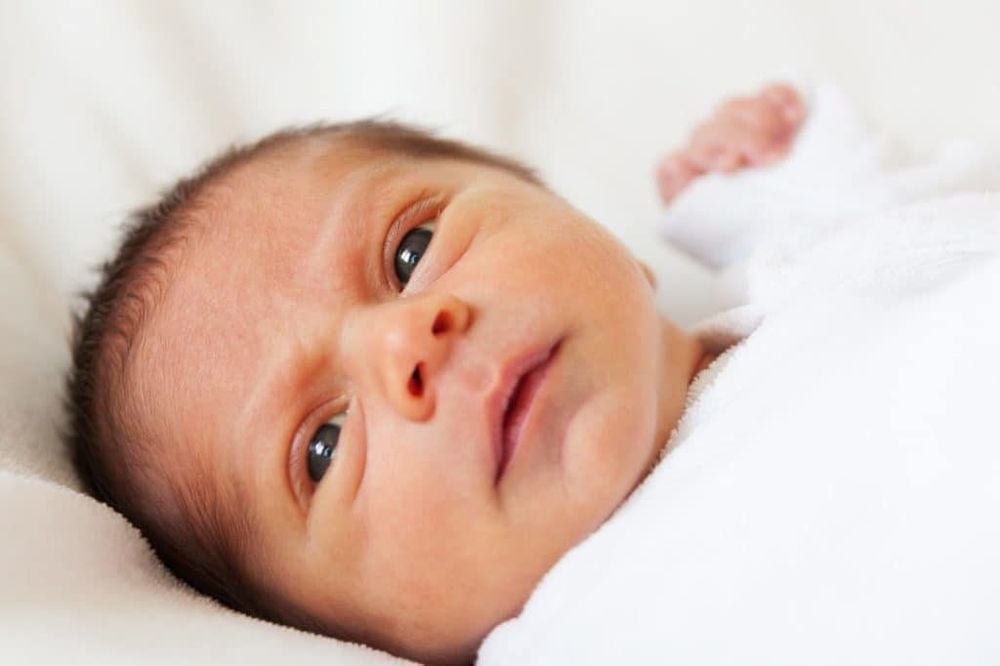
2.3 Hypothermia
Is a common disease in newborns, especially in premature babies, due to unbalanced regulation, large skin area/weight, low amount of subcutaneous fat, especially brown fat layer, lacking energy for metabolism and heat generation.
Manifestations: cold body, pale skin on hands and feet, weak crying, poor feeding, decreased activity, lethargy. Respiratory children have difficulty breathing, rapid shallow breathing, irregular breathing, severe respiratory failure, respiratory arrest, cardiac arrhythmia.
2.4 Neonatal infections
The younger the newborn, the weaker the immune system, the more susceptible the child is to infections. The rate of infection in men and women is about the same. Symptoms are often atypical, the disease is often severe, and the risk of death is high. Early neonatal sepsis (occurring within the first 3 days postpartum) or late neonatal infection (usually occurring as late as 3 days postpartum).
Manifestations:
Unstable temperature: possible fever or hypothermia. There may be weight loss. Respiratory: Cyanosis, dyspnea, moaning, rapid breathing > 60 breaths/minute + contractions, pauses in breathing > 15 seconds. Cardiovascular: pallor, skin rash, tachycardia > 160 beats/min, cold extremities, time to return to pink skin lasts > 3s, blood pressure drops. Digestion: Poor suckling, aborting, abdominal distention, vomiting, diarrhea, gastric juice stasis > 2/3 of the pumped milk of the previous meal. Enlarged liver and spleen.

Skin and mucous membranes: Pale skin, purple veins, rash, hemorrhage, early jaundice before 24 hours, scleroedema, purulent dermatitis, umbilical inflammation. There may be purpura, subcutaneous hematoma, bleeding in many places. Nervous: Increased or decreased muscle tone, excitability, convulsions, fontanelle bulge, decreased reflexes, coma.
2.5 Jaundice
Jaundice is common in all premature babies, due to elevated Bilirubin, the yellow pigment produced during normal red blood cell hydrolysis. In newborns, red blood cells are always created and destroyed more often, when red blood cells are broken, hemoglobin is released, which will be converted to Bilirubin. Bilirubin will be metabolized in the liver and excreted in the feces and urine. In premature infants, their liver function is still poor, so the ability to
2.6 Bronchopulmonary dysplasia
Due to the immature lungs of premature infants, high pressure and prolonged mechanical ventilation are required, especially in premature infants under 32 weeks. When children have bronchopulmonary dysplasia, it can cause increased pulmonary artery pressure, atelectasis, pulmonary fibrosis, severe infections, heart failure... the risk of death is high.
Manifestations: Rapid breathing, chest indrawing, cyanosis, oxygen dependence. Chest X-ray has different images depending on the different stages. Pulmonary hypervolemia, fibrous, opacities, or cysts may be seen, with multiple areas of air retention.
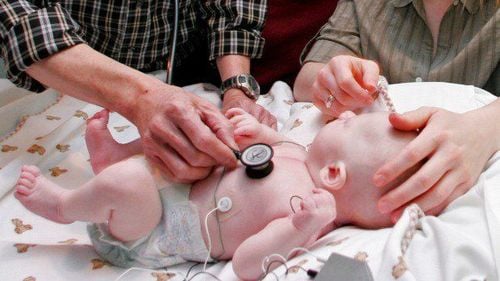
2.7 Retinopathy of prematurity
Is a medical condition in the eye caused by the abnormal development of blood vessels in premature babies with low birth weight. Commonly seen in premature infants breathing prolonged oxygen, high concentration oxygen. The disease can cause blindness if not diagnosed and treated promptly. Based on the physical examination, based on the location of the lesion, the stage of progression and the degree of dilation of the retinal blood vessels, it is decided to treat or monitor the child.
2.8. Weak immune system
Newborns' immune systems are often weak, especially premature babies, all organs are not perfect, so they are very susceptible to many diseases such as upper respiratory tract infection, pneumonia, bronchitis... and when sick, it is often difficult to recover
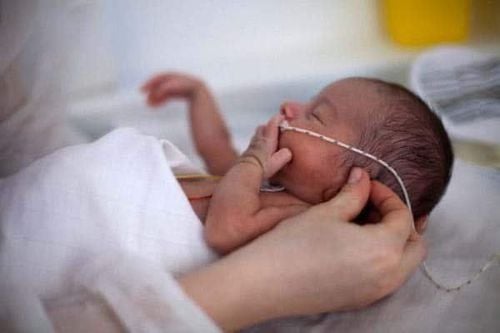
2.9 Sequelae of mental retardation, motor
Premature babies have immature organs and organizations, children are at risk of brain hemorrhage, serious infections... Premature babies often leave sequels of retarded learning ability. and cognitive impairment, milder cognitive and behavioral impairments, severe disability, cerebral palsy, vision and hearing impairment, increased autism spectrum.
Manifestations:
Slow movement: children are slow to turn over, sit, crawl, stand, walk when they come of age, have mild gross motor retardation. Speech delay, or difficulty speaking, mental retardation, cerebral palsy. Loss of hearing and vision. This incidence is often increased in cases of intraventricular hemorrhage or paraventricular leukoplakia.
3. Treatment
Preterm infants have a much higher mortality and morbidity rate than term infants. Treatment of premature infants has always been a challenge for pediatricians and a problem for society as a whole. In premature babies, the organs are not perfect, so they face many risks, so they need to be fully prepared physically to be ready to adapt to the outside living environment. Depending on the causes, symptoms and manifestations of the disease, there is a specific treatment plan. In premature infants, attention should be paid to the care and monitoring of premature infants:
Monitoring of respiration and oxygen therapy: Premature babies are at risk of surfactant deficiency, and are prone to apnea. If not monitored and detected in time, the child is at risk of death. Prevention of hypothermia: keep baby's body temperature 36 -37 degrees Celsius, feet warm, pink. Ensure the baby's temperature by placing the baby in an incubator, a heated bed, or skin-to-skin contact (Kangaroo Care) Nutritional care for the baby: Breastfeeding should be encouraged, if the baby is unable to breastfeed. Feed the baby with a catheter, or pour a spoon... Monitor the child's intake to ensure adequate nutrition and provide trace elements daily when the child has well tolerated breast milk.. Ensure a sterile environment , clean, pay attention to hand hygiene when in contact with children, limited.
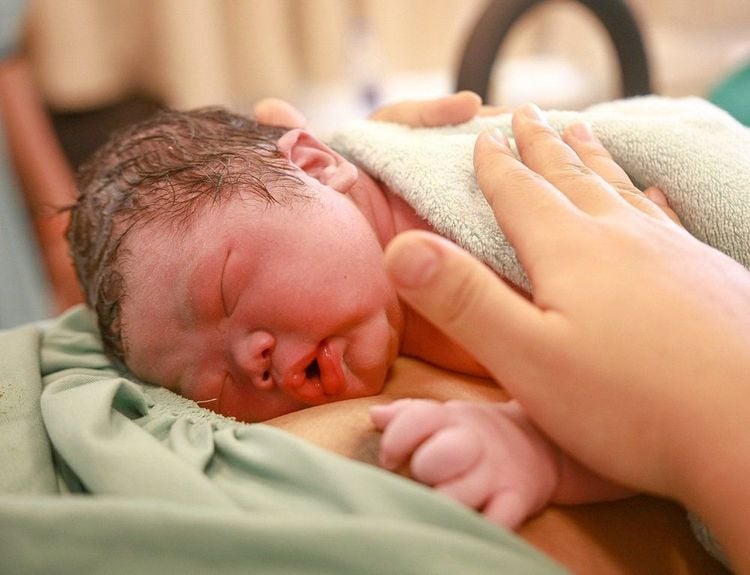
Vinmec International General Hospital has successfully received and treated many cases of premature babies, especially extremely premature babies (born 24 weeks premature, weighing only 600 grams)
Treatment and health care for children Premature birth is one of the extremely complicated and high-risk techniques.. At Vinmec International General Hospital, preterm births are organized methodically under the coordination of many specialties: obstetrics and gynecology. , anesthesiology and especially neonatology, pediatrics. This helps to reduce the risks and increase the effectiveness of treatment for health problems that premature babies may have.
Thanks to that, the technique of treating premature babies at Vinmec has obtained extremely positive effects, saving the lives of many seemingly hopeless premature births
Please dial HOTLINE for more information or register for an appointment HERE. Download MyVinmec app to make appointments faster and to manage your bookings easily.
Recommended video:Guide to light treatment for neonatal jaundice
MORE:
Discharge criteria for premature babies What is preterm birth? 2 problems that premature babies often face and how to handle them Knowledge you need to know when taking care of premature babies






